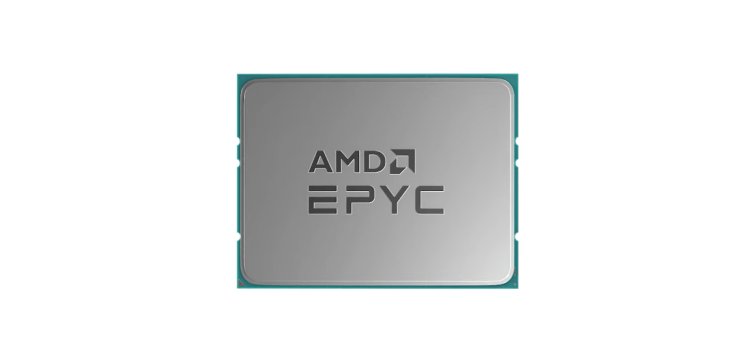Milan X: New Epyc Server CPU

AMD released Milan X, which is marketed as Epyc 7003X. They have a big cache, which AMD claims can provide some extra performance in the correct load circumstances.
One would prefer to exploit TSMC's restricted wafer supply for high-margin products. When it came to product availability, that was always AMD's typical statement. Milan X is one of these high-margin items that has recently been developed. Or, to put it another way, Epyc 7003X. The top-of-the-line model costs $8,800, plus tax.
In the server context, Zen 3 technology is available with up to 64 cores in up to eight CCDs and an extra chiplet for I/O activities. There is also a lot of cache for the models with 3D NAND. The top model has 768 MiB, which is made up of 32 MiB L3 cache per CCD and optionally 64 MiB L3-V cache piggyback each CCD. This results in a total of 96 MiByte per CCD.
If the cache is no longer sufficient, the rest of the memory can be swapped out using the eight-channel memory interface, which supports up to 4 TiB DDR4-3200. It may sound dated now, but this is the Zen 3 architecture, and Intel is expected to transition to DDR5 with Sapphire Rapids in the second part of 2022.
model cores CCDs Basic beat Boost L3 Cache channels PCI-E TDP price 7773X 64 8 2,20 3,50 768 8 128 280 $ 8800 7573X 32 8 2,80 3,60 768 8 128 280 $ 5590 7473X 24 8 2,80 3,70 768 8 128 240 $ 3900 7373X 16 8 3,05 3,80 768 8 128 240 $ 4185 7763 64 8 2,45 3,40 256 8 128 280 $ 7890 75F3 32 8 2,95 4,00 256 8 128 280 $ 4860 74F3 24 8 3,20 4,00 256 8 128 240 $ 2900 73F3 16 8 3,50 4,00 256 8 128 240 $ 3521 72F3 8 8 3,70 4,10 256 8 128 180 $ 2468
Milan X is available for LGA4094 sockets and can be used in tandem. Boards with two sockets can then support up to 128 cores, 256 threads, 8 TiB ECC main memory, and a TDP of 560 watts.
The versions with V-Cache effectively clock a little quicker than the models without cache, which was probably predictable after the data on the Ryzen 7 5800X3D, which clocks lower than the Ryzen 7 5800X and does not support OC, was revealed. Customers can so choose whether clock or cache is more beneficial to their application context.
Loads involving analyzes, such as fluid dynamics or technical and thermal calculations, as well as automated design processes, benefit from the cache, according to AMD. Of course, as with any product presentation, a number of hand-picked benchmarks are presented, the veracity of which is occasionally called into question.
But, to give you a figure: AMD claims that the X processors, which have an additional cache, perform 66 percent faster verification in Synopsys' VCS.
Microsoft also discovered that the Azure platform produced up to 80 percent faster results in fluid dynamics than WRF; the lead with WRF was only 20 percent. The value of the cache is determined by its intended use.
In 1,000-unit quantities, Milan X costs range from $4,185 to $8,800 + VAT. AMD has already riled up partners and announced an aggressive discount scheme in order to rattle Intel and other competitors' cages and gain market share.





























